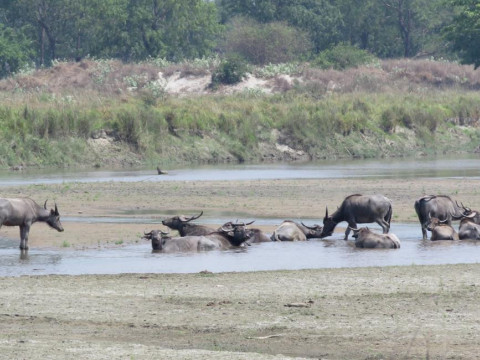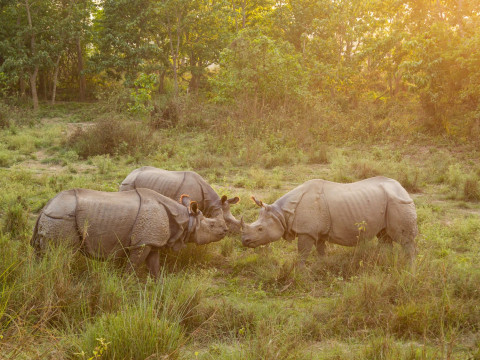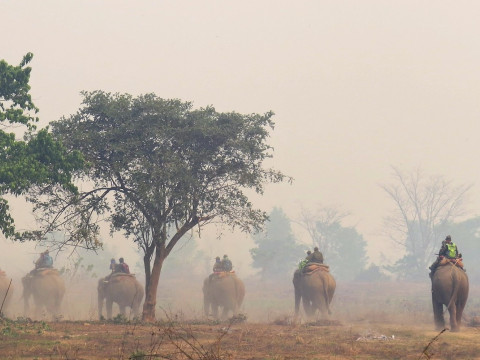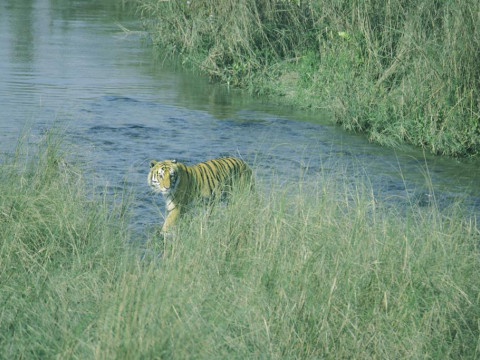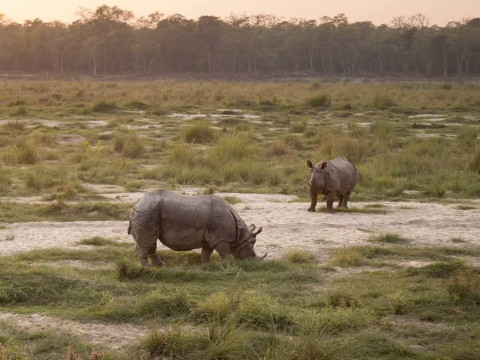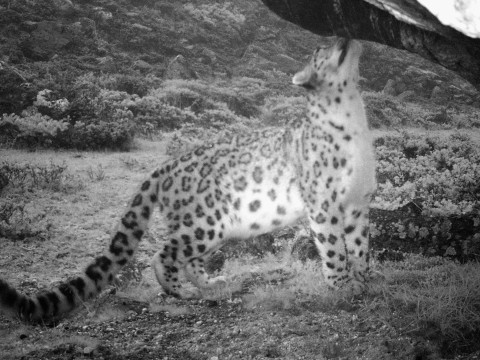In 1989, after Smithsonian Institution,USA completed its assignment in the Chitwan National Park (CNP), Nepal and handed over the Nepal Terai Ecology Project to NTNC, the Trust established the Nepal Conservation Research and Training Center (NCRTC) to conduct biological research and monitoring of flora and fauna in the lowland (Terai) protected areas of Nepal. In the course of time, the Center widened its focus and added a human dimension to its conservation efforts.
The expansion in scope is also reflected by renaming NCRTC to Biodiversity Conservation Center (BCC) in January 2002. The emphasis has been on integrated conservation and development program with the twin objectives of applied biological research and sustainable development of local communities by providing alternative livelihood options. This has helped in minimizing the conflicts between the park and the people residing in the periphery of the CNP. BCC has been providing technical expertise to CNP in the translocation of rhinos, census of flagship species and research within and outside the park. BCC has implemented the first landscape level conservation project in Nepal with the support of Global Environment Facility (GEF), United Nations Foundation (UNF), and United Nations Development Programme (UNDP). The Center seeks affiliation with other international universities, conservation partners and training institutions to develop the center as a regional conservation training center.
BCC has undertaken various conservation initiatives from single species conservation to landscape level biodiversity conservation. BCC has been regularly carrying out monitoring of rhino, tiger and its prey base and birds. Vulture breeding center has recently been established with an objective to revive the dwindling population of two species of vultures in the wild.
Since its inception, BCC has been instrumental in assisting local communities living on the periphery of CNP to plant and regenerate degraded forest land into green corridors, thereby, reinstating frequent visits and resettlement of endangered species like rhinoceroses, tigers and other wild animals and bird species within the rehabilitated area. It has also provided ample resources for the local communities living within the buffer zone for community development activities.
BCC is also supporting local communities by providing diversified economic options such as capacity building, income generation, alternative energy, and health and sanitation.
Objectives
- To sustain and strengthen conservation endeavours through biodiversity research and monitoring; and
- To enhance local livelihoods through sustainable community development programmes.


